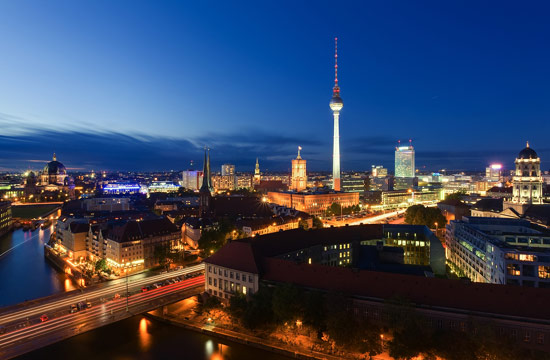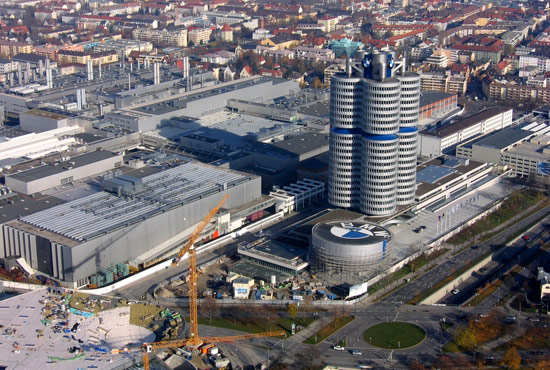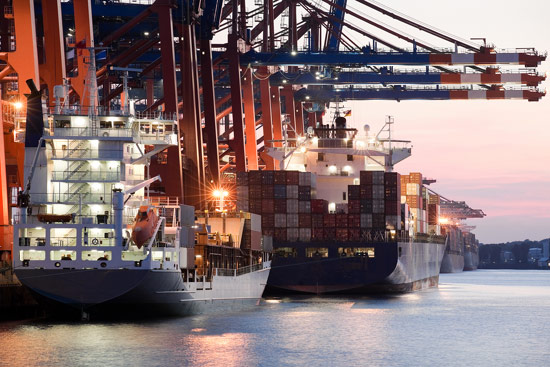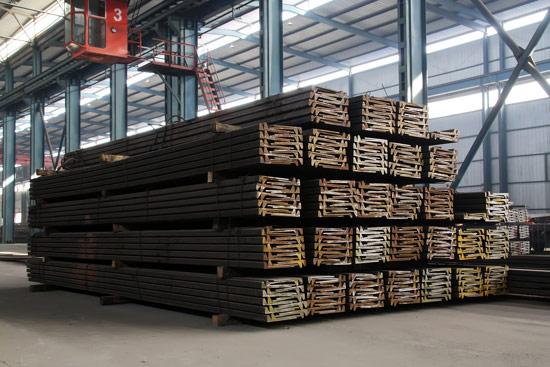Country Snapshot: Trade Overview
Germany’s modern economic success has been shaped by international demand for its automobiles, metal products, electrical appliances, and plastics. The country’s dependence on exports for its economic growth, however, may be a barrier to further growth. The nation lacks a domestic market for its products, made plain during the 2008-2009 global recession, when decreased demand for the nation’s industrial exports led to a significant economic downturn. Germany soon recaptured its position as the major growth driver for the European Union (EU), primarily because the nation did not experience a real estate or credit crisis. In addition, demand for high-end exports from emerging countries—coupled with a falling euro that made Germany’s exports more affordable for those countries—sustained the economy. Germany’s self-correcting export-driven economy continues to sustain the country as a major global economic power.
Trade History
Prior to the 19th century, agriculture was Germany’s chief occupation. By the 1870s, industrialization was well under way and the country’s rail system fostered a demand for coal and steel. Since that time the country’s economy has rested on economic production and international trade.
Fueled by a disciplined and hard-working labor force, Germany rose from the ruins of World War II to become Europe's largest economy in terms of purchasing power parity. Today the country is a major exporter of industrial products, including automotive vehicles, machinery, household equipment, and chemicals. In 1990, East Germany and West Germany reunited after more than 40 years of separation. The burden of modernizing and industrializing the eastern portion of the reunited country, with its high unemployment rates, has proven to be an on-going draw on Germany’s resources.
Top Export Partners
France purchases approximately 10 percent of Germany’s exports. The United States, the United Kingdom, and the Netherlands each accounts for roughly 7 percent. Other export partners include China at 6 percent, Italy and Austria at 5 percent each, and Switzerland and Belgium at 4 percent each.
Major Export Products and Services
Germany is primarily a manufacturer of industrial products. Economic activity focuses on car manufacturing; mechanical, electrical, and precision engineering; chemical manufacturing; environmental technology; optics; medical technology; biotech and genetic engineering; nanotechnology; aerospace; and logistics. Reflecting the nation’s engineering-driven economic orientation, Germany’s exports are chiefly motor vehicles, chemicals, machinery, metals and manufactures, textiles, and foodstuffs.
Top Import Partners
Thirteen percent of Germany’s imports come from the Netherlands. France provides 7 percent, Belgium and China 6 percent each, Italy 5 percent, and the UK, Austria, the US, Switzerland, and Poland each accounts for roughly 4 percent of imports.
Major Import Products and Services
As one of the world’s leading trading nations, Germany is a leading importer of industrial and agricultural products. The country’s chief imports are motor vehicles, chemicals, machinery, metals, foodstuffs, oil and gas, and textiles.
Barriers to Trade (Tariff and Non-Tariff)
Germany has the same trade policy as other member nations in the EU. Like other EU nations, it has high tariffs on agricultural and manufacturing products. Non-tariff barriers in the EU and Germany include quotas, import restrictions, agricultural and manufacturing subsidies, and some market access restrictions in service sectors.
Major Ports
Hamburg on the Elbe River close to the North Sea is Germany’s busiest port. Other major commercial ports include Bremen, Bremerhaven, Duisburg, and Lubeck are also major commercial ports.
Article written for World Trade Press by Randall Frost.
Copyright © 1993—2025 World Trade Press. All rights reserved.

 Germany
Germany 


